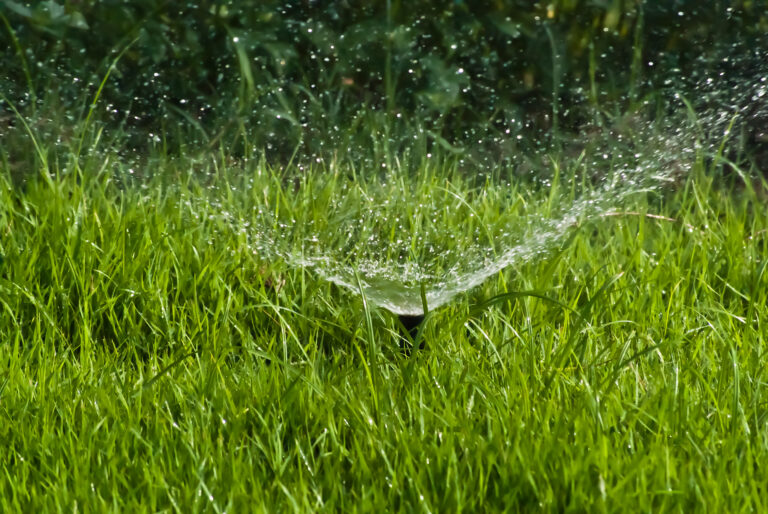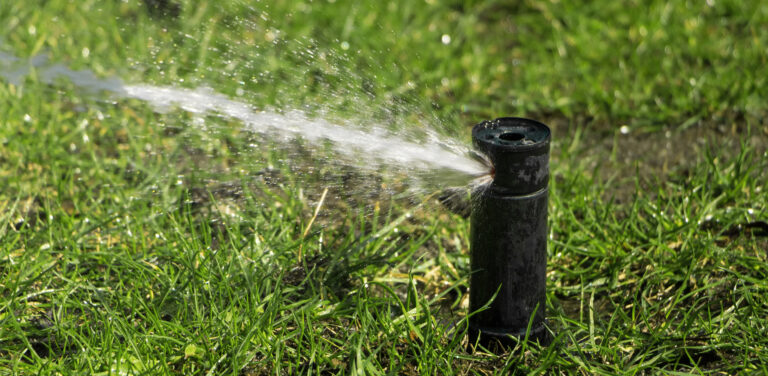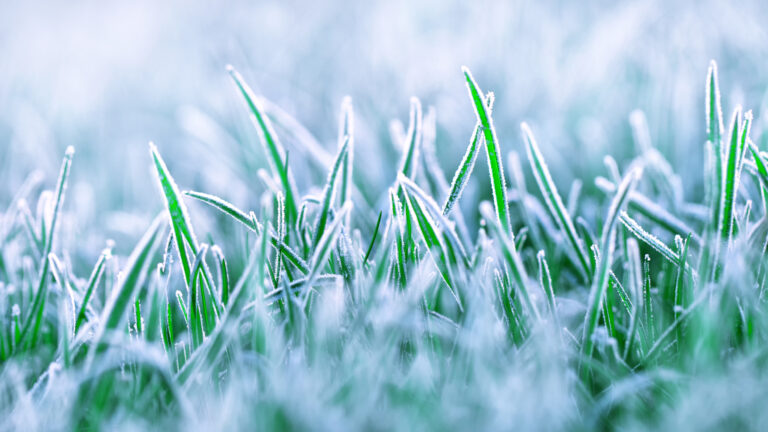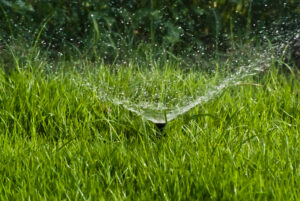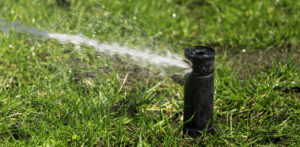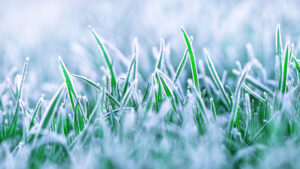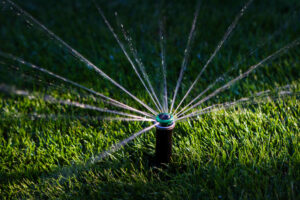
Increased Operating Time & Component Fatigue
With summer heat comes more watering, more zones running, and longer cycles. That extra load adds wear on parts:
- Pumps and valves fire more often, accelerating mechanical fatigue.
- Sprinkler heads often run longer, which means more exposure to UV, heat and physical wear.
- Long run times can lead to higher pressure surges and more stress on pipes and connections.
Action: Check for signs of fatigue—slow‑acting valves, slight leaks at joints, heads that spurt or sputter. These may be symptoms of wear rather than just single‑point failure.
Clogged, Damaged or Mis‑Aligned Heads
Summer debris, mower impacts, shifting soil, and high pressure can cause sprinkler heads to underperform.
- Dirt, grass clippings and mineral buildup block nozzles, reducing coverage.
- Heads that sit too low, tilt, or get bumped affect spray pattern and leave dry patches.
- Broken heads waste water and reduce system efficiency.
Action: Walk the lawn zone by zone: look for dry strips, heads that don’t pop up, heads spraying sidewalks or driveways. Adjust or replace as needed.
Uneven Coverage, Soil Movement & Hidden Leaks
Heat‑baked soil expands and contracts; long run times amplify wear. Over time these factors contribute to subtle but harmful effects:
- Soil shift can misalign risers, causing inconsistent spray patterns.
- Small underground pipe cracks or valve leaks may emerge or worsen under pressure/stress. Hidden leaks often show as soggy spots or unusually green patches.
- Uneven watering can lead to stressed plants or turf, which then demand even more from the system.
Action: Investigate any part of the lawn that doesn’t match the rest. For example: one area overly lush next to a brown patch can signal a pipe or head problem. Get a professional inspection if you suspect a hidden leak.
High Pressure, Evaporation & Water Waste
Summer’s heat increases evaporation. Add high water pressure or long cycles, and you get waste and inefficiency.
- Systems running midday or late afternoon lose much water to evaporation.
- When pressure is too high, heads mist instead of stream — still “watering” but with poor root delivery.
- High pressure can also strain components and cause premature failure.
Action: Adjust watering to early morning when possible. Check and regulate water pressure. Consider adding a rain sensor or smart controller if not already installed.
Controllers, Timers & Electronic Stress
With longer seasons of use, the system’s “brain” experiences more cycles, more resets, more wiring fatigue.
- Controllers may get overheated in sunlight, wires loosen, or programming reset after a power surge.
- Timers stuck on old schedules can cause overwatering or underwatering if not adjusted for seasonal demands.
Action: Open the controller box, inspect for heat damage or wear. Replace old batteries. Review your watering schedule and zone timing to ensure you’re not over or under watering.
Why It Matters—and What To Do Now
A summer’s worth of stress doesn’t always show as a full‑on breakdown. But unattended wear becomes a bigger job (and bigger bill) later. Regular maintenance not only prevents failure—it improves efficiency, saves water, and keeps your lawn green without shock.
Recommended next steps:
- Schedule a fall check‑up with our team, See what our complete system tune-up includes.
- Replace worn heads, adjust mis‑aligned ones.
- Inspect underground pipes/valves for hidden leaks.
- Switch to early‑morning watering and reduce run time if soil is moist.
- Increase the frequency of your inspections: weekly for heads/coverage, monthly for controllers/pipes.
By handling these summer wear‑and‑tear issues now, you’ll head into the cooler months with a system that’s ready to perform, and ready to require less emergency maintenance. Contact Smart Earth Sprinklers today.

